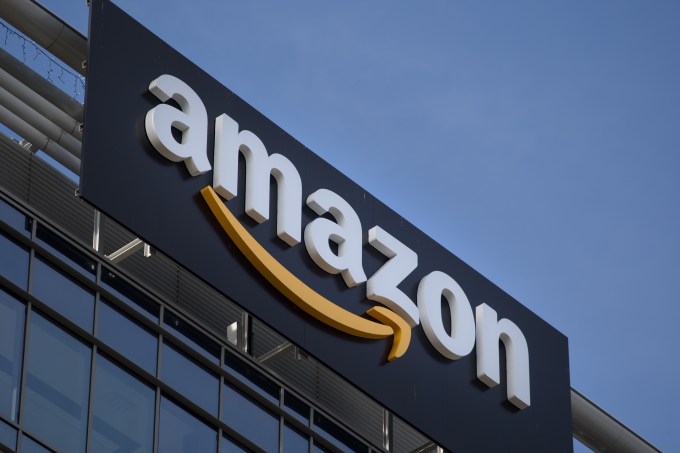What this month’s Jet.com sale means for the future of retail

One in ten retail sales in the United States –- a projected $373 billion in 2016 -– happens online. Forrester predicts total U.S. online retail will grow to $500 billion by 2020. That number will only continue to increase globally as more businesses take core operations to the web.
Retailers grasp the web-focused future of the industry, but the sale of Jet.com to Walmart earlier this month has sped up the shift and validated the online marketplace approach to e-commerce.
Moving Storefronts Online and Logistics Next Door is a Winning Model
With the sale of Jet.com, traditional retail significantly moves into the business of online storefronts with global reach and locally-sourced logistics. The move by Walmart follows years of trying to compete with Amazon’s e-commerce success fueled by a fundamental shift in consumer behavior toward on-demand quality.
More importantly, Walmart buying Jet.com and Macy’s decision to close 100 stores in order to boost online operations this month does confirm that the next generation of retail will be dominated by online sales and direct-to-consumer logistics companies.
Global retail sectors once defined by brick-and-mortar, face-to-face customer interactions – selling items from electronics to books to automobiles – now need to consider incorporating the online marketplace model originally created by Amazon to differentiate during the dot com boom.
Next generation retailers will move away from storing goods in numerous local retail stores and into regional distribution centers.
Consumers will browse those goods online and have them delivered directly to them, increasingly on demand, with easy return policies. This means less inventory, more selection and lower prices being delivered to an increasingly urbanizing America where retail space costs are rising and storefronts start to not make business sense.
This model helped Amazon capture close to 60% of the U.S. online sales market growth in 2015. Retailers who successfully subscribe to a version of it will be able to capture some of that online sales market share. Retailers who don’t entertain adopting the model risk fading away completely.

(Photo by Jaap Arriens/NurPhoto via Getty Images)
The Point of Sale is Now Anywhere with an Internet Connection
Amazon, Jet.com and other leading online-first retailers create and continue to improve purchase-to-delivery models to reduce backend friction. The resulting supply chain efficiency delivers consumer access to goods at consistently lower costs.
In order to succeed in this new environment, new, legacy and smaller companies alike will need to move beyond traditional sales to provide convenient, reliable and on-demand online service to customers looking for their next pair of shoes, suit, headphones – even their next car.
Consumers with access to the web can search, find and purchase products from anywhere. They can use the internet and their own connected mobile devices to read product information, survey options and complete purchases. And third party review sites like Yelp and testimonials on company websites and consumer message boards enable shoppers to hold retailers accountable better than ever before.
In the near future, retailers will need to incorporate consumer freedom into their sales models to meet the customer whenever, wherever to complete an online sale.
Retailers Must Invest in Both Technology and Convenience

Driving down the costs associated with buying and selling allows these retailers to spend more on technologies that will connect suppliers with buyers and shorten the distance between point of sale and delivery.
A technology-powered focus on finding new products and securing logistics will allow online-focused companies to win over today’s device-wielding customers. Retailers should use the web to target consumers who care less about who delivers the goods, and more about their price, quality and convenience.
Facebook did not create social networking. Mark Zuckerberg and his team created technology to do it much better. That’s what legacy leader Amazon and relative newcomerJet.com have done for retail. They have built web-based models that cut costs for buyers and sellers. Models that other retailers can riff off of.
Online marketplaces that allow consumers who value quality and convenience above all to search for goods and services they need from the comfort of anywhere. Walmart took note of Jet.com’s prowess and scooped up a leading e-commerce platform that will help define how the company, and retailers in general, do business moving forward. Online, on-demand and on a consumer’s device screen.
No comments:
Post a Comment